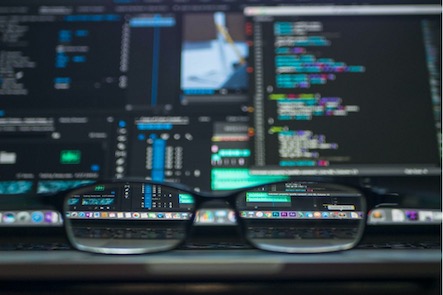for support
(888)123-4567
One of the most widespread uses of biometrics in today’s world is through mobile phones. For instance, unlocking a smartphone with the iris scan, logging into an app with your fingerprint and using voice recognition to activate Google Home.
In the hospitality sector, biometrics are beneficial in terms of automating and improving processes, which includes speeding up check-in and improving housekeeping services. Over the past few years, the presence of biometrics has also proved to be important in not only personalizing guests' experience in hotels, but also enabling hoteliers to better manage their properties.
Nevertheless, despite the conveniences of biometrics, there are still serious discussions revolving around privacy concerns when it comes to deploying this cutting edge technology and the storing of biometrics information.
How is Biometric Data Stored?
In essence, biometric technology involves the use of an individual’s unique physical traits such as fingerprints and facial features in the identification process.
Biometrics have been fairly common in recent years that we don’t question how our biometric data is stored.
While the way they are stored vary across industries, the following are the common ways that the data are stored:
Hardware-based recognition system
Much like a PC, a piece of hardware can be used to store biometric data. With a hardware-based recognition system, data can be recognised almost instantly, offering a fast response during user identification. Through this system, biometric templates are stored locally and the recognition system does not require any external response.
Biometric Server
Through a biometric server, data is contained in an external server — allowing for the convenience of verification from multiple locations. For security reasons, data transferred over this server must be encrypted.
The Use of Biometrics in the Hospitality Industry
In the hospitality industry, biometrics have been revolutionizing the experience for guests through rapid check-ins, easy and secure room access, personalised guest experience and quick payment methods.
For instance, Marriott hotels in China deploy the facial recognition technology for their guests. The facial verification is followed by a string of contactless solutions, including check-in, payment and deposit charged directly to guests’ Alipay accounts, and providing the room key.
But more than enhancing the guest experience, biometrics increase in-house efficiencies by tracking time, coordinating staff and automating clock in and out procedures. This feature is used by large hotel chains through organization-wide IT systems.
How Can It Be Made Safer
While cutting-edge, biometrics faces the possibility of being hacked, especially when it regards high-profile data that are attractive for hackers. But there are common security measures that could help protect them from breach:
Strong passwords or Two Factor Authentication (2FA) authentication:
There’s a reason why users are always advised to create strong passwords for online accounts — they make it harder for hackers to crack passwords. Additionally, keeping biometric information in limited places also restricts their accessibility.
Software update:
This is one of the best methods to secure software and devices. Whenever there is an available update or patch, installing it immediately will reduce the system’s vulnerability, hence avoiding a breach.
Conclusion
There’s no denying the downsides to having biometric systems but the real question is : Do the downsides outweigh the benefits?
The answer to that is a resounding no.
As awareness towards how biometric information is collected and managed increases, there are also growing innovations in the field that prioritize data safety. This will continue to make biometrics technology more fool-proof, hence garnering confidence from consumers and industries alike.
On the other hand, organizations have witnessed first hand on how biometrics can improve security, work processes and even monetary transactions.
Just recently in Japan, a hotel convenience shop, the Green Leaves + store, implemented a checkout-free experience which leverages biometric technology. With the innovation, guests can go in and out, as long as they have registered on their smartphone app with their credit card information, without any interaction required, with payments automatically charged as they leave.
As the biometrics field continues to advance, we can only imagine the spectrum of uses that it can be applied to in the near future.
Find out more about GTRIIP’s hotel solutions, such as their automated and hassle-free check-in system here: www.gtriip.com/hotel/
Learn more about the full range of contactless solutions that GTRIIP provides by reaching out to us via the link below. www.gtriip.com/consult-with-us/